Room 5: Epilepsy and Art
 Epilepsy motifs in painting
Epilepsy motifs in painting
- Holy Healers
- Votive tablets
- Jesus Christ as a healer of epilepsy
- Patron saints of epilepsy - "Epilepsy surgery" from ancient Greek and Roman times, and from the Middle Ages
- Epilepsy motifs from Central America
- modern works
 Literaturliste:
Epilepsy motifs in narrative literature
Literaturliste:
Epilepsy motifs in narrative literature
![]()
For more details, click on the pictures!
Votive tablets
Votive tablets have played a major role in Christian tradition since the 17th century. They are simple pictures painted on wood tablets depicting the reason why people called for help (e.g. sickness, an accident, or war) or the saint who is called upon to help.
The votive tablets were usually displayed in churches or places of pilgrimage as a visible sign that heavenly grace had been received or that a vow had been taken.
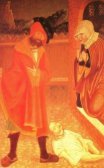
|

|

|
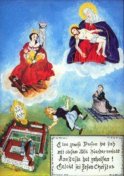
|
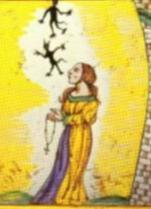
|
Alt-Ötting, Bavaria |
epileptic girl, |
Votive tablet from 1668 |
Verre églomisé picture |
Majolika tablet |
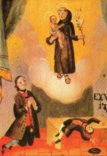
|
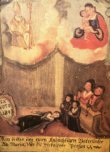
|

|
||
Saint Antonius |
Saint Valentin and the Virgin Mary |
Votive tablet from 1766 |
Jesus Christ as a healer of epilepsy
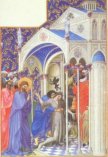
|
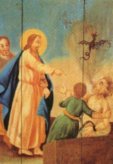
|
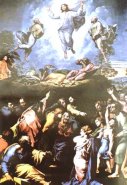
|
||
Miniature |
Tablet around 1750 |
The transfiguration |
Patron saints of epilepsy
 |
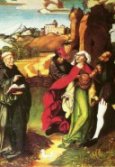 |

|
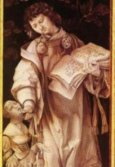 |
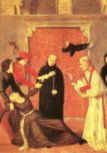
|
Saint Valentin |
Saint Bernhard |
The Healing of a Woman with the Falling Sickness. |
Saint Cyriakus |
Saint Severin |
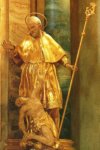
|
||||
Saint Ubald of Gubbio. |
"Epilepsy surgery" from ancient Greek and Roman times, and from the Middle Ages
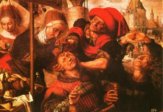 |
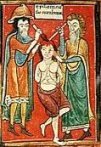
|
 |
The stone-cutter |
"Epilepticus sic curabitur" |
El Bosco (1460-1516) |
Epilepsy motifs from Central America
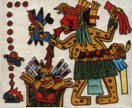
|
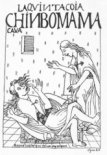
|
Tlazolteotl |
Capac Yupanqui's wife |
modern works

|
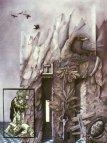
|
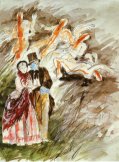
|
||
Hommage to Vincent |
The Symbolism of Epilepsy |
What is it? |
Epilepsy motifs in sculpture

|
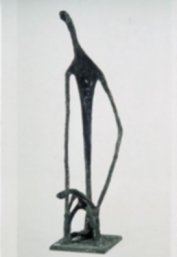
|
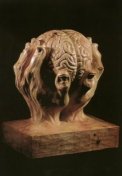
| ||
Falling sickness I |
The Samaritan |
Your mind is your force |

